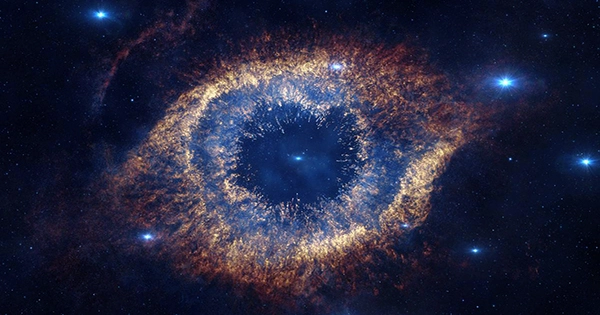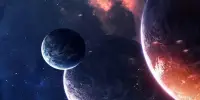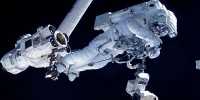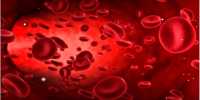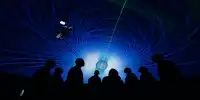Astronomers are used to discovering that signals thought to originate from extraterrestrial civilizations have more Earth-bound origins. The same thing might have happened with radio wave patterns that were considered to signal the birth of the first stars, a period known as the “cosmic dawn.” It took the cosmos a long time to straighten itself out after the Big Bang until conditions were favorable for the first stars to arise. One of the big astronomical challenges is determining how long this took and locating remnants of those earliest stars. As a result, when researchers reported discovering radiation indicative of UV light from stars very early in the universe’s creation in 2018, there was a lot of excitement.
More crucially, the signal observed was unexpectedly large, implying that the mainstream model of cosmology may need to be reworked to account for it. However, research published in Nature Astronomy now says that the signal was a mistake and hence “is not evidence for novel astrophysics or non-standard cosmology” with 95% confidence. Searching for the peculiar spectra created by the hyperfine splitting of neutral hydrogen has been one of the methods used by astronomers in their search for the earliest stars. This is what we’d expect to see if UV light was shone on primordial hydrogen, forcing it to absorb cosmic background radiation with a wavelength of 21 centimeters and absorb it.
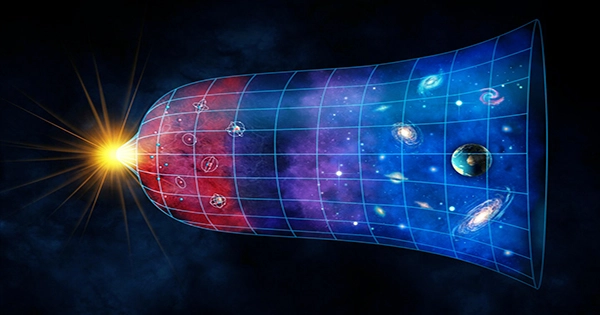
However, there is enough of neutral hydrogen in the cosmos today, which makes it difficult to look back far enough in time to discover the same thing. Despite this, a team led by Arizona State University’s Dr. Judd Bowman claimed to have discovered 21 cm radiation from the cosmic dawn four years ago, and that it was at least twice as strong as anybody predicted. We would have to reassess our picture of the early universe or change our knowledge of the cosmic background if there was such a significant amount of radiation from so far back in time. Several possibilities have been postulated for making the early cosmos unusually chilly.
However, using the SARAS 3 radiometer, Dr. Saurabh Singh of Raman Research Institute and co-authors have sought to reproduce Bowman ET alfindings. .’S To avoid interference, SARAS 3 is a radio antenna that must be floating on a big body of water – in this case, southern Indian lakes. The authors are unable to identify a match for the peak discovered by Bowman. If Singh’s team is correct, the observed peak might have been an instrumental error or an illusion caused by attempting to balance out radiation from nearby objects. It might also have been caused by anything in the telescope’s environment, which could have been addressed by locating SARAS 3 in the middle of a big lake.
Complicating matters further, early neutral hydrogen radiation began off at 21 cm, but would have been so redshifted by the expansion of the cosmos it would appear to have a far longer wavelength to us. The amount of shift depends on when the starlight first appeared. The peak observed in 2018 – but not in the new data – is at 78 MHz, or 3.8 meters, which corresponds to a start date of 180 million years after the Big Bang.
If we wish to identify the genuine 21 cm peak, the scientists recommend employing waterborne devices like SARAS 3 or installing telescopes on the far side of the Moon to get them even farther away from Earthly influence. They want to conduct the first experiment in Himalayan lakes. Meanwhile, physicists may stop attempting to explain Bowman’s findings and focus on all the other mysteries of the cosmos.
